- Home
- Directory
- Shop
- Underwater Cameras - Photographic Accessories
- Smartphone Housings
- Sea Scooters
- Hookah Dive Systems
- Underwater Metal Detectors
- Dive Gear
- Dive Accessories
- Diving DVD & Blu-Ray Discs
- Diving Books
- Underwater Drones
- Drones
- Subscriptions - Magazines
- Protective Cases
- Corrective Lenses
- Dive Wear
- Underwater Membership
- Assistive Technology - NDIS
- On Sale
- Underwater Gift Cards
- Underwater Art
- Power Stations
- Underwater Bargain Bin
- Brands
- 10bar
- AOI
- AquaTech
- AxisGo
- Backscatter Underwater Video and Photo
- BLU3
- Cayago
- Chasing
- Cinebags
- Digipower
- DJI
- Dyron
- Edge Smart Drive
- Eneloop
- Energizer
- Exotech Innovations
- Fantasea
- Fotocore
- Garmin
- Geneinno
- GoPro
- Hagul
- Hydro Sapiens
- Hydrotac
- Ikelite
- Indigo Industries
- Inon
- Insta360
- Intova
- Isotta Housings
- Jobe
- JOBY
- Kraken Sports
- LEFEET
- Mirage Dive
- Nautica Seascooters
- Nautilus Lifeline
- NautiSmart
- Nitecore
- Nokta Makro
- Oceanic
- Olympus
- OM System
- Orca Torch
- Paralenz
- PowerDive
- QYSEA
- Scubajet
- Scubalamp
- Sea & Sea
- SeaDoo Seascooter
- SeaLife
- Seavu
- Shark Shield
- Sherwood Scuba
- Spare Air
- StickTite
- Sublue
- Suunto
- SwellPro
- T-HOUSING
- Tusa
- U.N Photographics
- Venture Heat
- XTAR
- Yamaha Seascooter
- Youcan Robot
To Catch a Tiger by the Tail - By Richard Fitzpatrick
Contributed by Tim Hochgrebe
 Hanging
onto the dorsal fin of a tiger shark as it swims is a truly awesome experience.
Feeling the immense power and strength of these animals is incredible. Many
people think I must have a death wish because tiger sharks are known to be pretty
aggressive. I have stopped telling people what I do at social gatherings, it
is a guaranteed conversation stopper. "What do you do?" "I tail rope sharks
in the open ocean". People either think I am liar or a loony!
Hanging
onto the dorsal fin of a tiger shark as it swims is a truly awesome experience.
Feeling the immense power and strength of these animals is incredible. Many
people think I must have a death wish because tiger sharks are known to be pretty
aggressive. I have stopped telling people what I do at social gatherings, it
is a guaranteed conversation stopper. "What do you do?" "I tail rope sharks
in the open ocean". People either think I am liar or a loony!
I started off working with captive sharks in aquariums around Australia but
eventually left the aquarium world to move into underwater filming and to pursue
my dream to do hands on research with wild sharks. I teamed up with a research
and adventure diving venture Undersea Explorer to help establish a long-term
shark monitoring program. For the last nine years, in conjunction with Undersea
Explorer scientists,  I
have been studying the shark populations out at Osprey Reef in the Coral Sea,
60 nautical miles off the north-east coast of Queensland. Undersea Explorer
visits some of the most pristine and remote reefs in Australia and provides
a unique chance for tourists to do four dives a day whilst interacting with
research scientists. Each week divers are able to join expeditions featuring
projects on Sharks, Minke Whales, Nautilus, Coral Monitoring and Water Quality.
I
have been studying the shark populations out at Osprey Reef in the Coral Sea,
60 nautical miles off the north-east coast of Queensland. Undersea Explorer
visits some of the most pristine and remote reefs in Australia and provides
a unique chance for tourists to do four dives a day whilst interacting with
research scientists. Each week divers are able to join expeditions featuring
projects on Sharks, Minke Whales, Nautilus, Coral Monitoring and Water Quality.
Osprey reef is an ideal dive site and a hot spot for sharks. White tip reef
sharks, Grey Reef Sharks and Silver tips are guaranteed and hammerheads also
seen regularly. To study the sharks here I need to insert a small id microchip
underneath the skin, and for this I need to bring the shark up to the boat.
This is easier said than done. Even the smaller sharks are incredibly powerful
and quick, so I developed a technique of underwater shark rodeo! A crate of
bait is placed on the reef and while the shark is preoccupied by the food, I
grab hold of its tail and slip a rope around it.  After
that it is a gentle swim to the Undersea Explorer where we can do the necessary
research with the aim of having real field data on growth, reproduction and
home range of these sharks. Our goal is to obtain the information to work towards
long term sustainability and conservation of sharks.
After
that it is a gentle swim to the Undersea Explorer where we can do the necessary
research with the aim of having real field data on growth, reproduction and
home range of these sharks. Our goal is to obtain the information to work towards
long term sustainability and conservation of sharks.
After working with smaller sharks for a few years I set myself a new challenge- working with the mighty tiger shark. Reef sharks are strong, but being the largest tropical predatory shark, tigers are a whole new ballgame!
I was introduced to the Tigers at Raine Island during Undersea Explorer's scheduled trips to the Far Northern Great Barrier Reef. Raine Island in the remote Far Northern end of the Great Barrier Reef is famous as the world's largest turtle rookery. In November it has been known for more than 14,000 turtles to come ashore to nest here in just one night. Raine Island's impressive turtle aggregations are no secret to marine predators like the tiger shark. As the turtles come in to nest, the tigers come in to feed.
Very little is known about tiger shark behaviour and I wanted to find out just
how far the tiger sharks were travelling to feast on the migrating sea turtles
at Raine Island. To do this I needed to be able to track the sharks' movements
and the best way to do that is from space. I needed somehow to attach a satellite
tag to the dorsal fin of tiger sharks at Raine Island so that I could follow
them once they left the island.
 The
first hurdle was 'How?' My initial idea was just to up scale the existing technique.
After all tigers are just big reef sharks. The saving grace to capturing an
animal of this strength and size is the bizarre way that sharks behave once
their tails are secured. Nobody really knows why, but the minute the tail is
caught they stop swimming and lie relatively placidly in the water.
The
first hurdle was 'How?' My initial idea was just to up scale the existing technique.
After all tigers are just big reef sharks. The saving grace to capturing an
animal of this strength and size is the bizarre way that sharks behave once
their tails are secured. Nobody really knows why, but the minute the tail is
caught they stop swimming and lie relatively placidly in the water.
However until the moment that that tail is secured the shark is far from placid!
Grabbing the tail of a thrashing three and a half meter shark is pretty difficult,
especially as the power of the shark turns the water to foam and visibility
becomes almost nil. The only way I could get hold of the tail was by jumping
in the water with the sharks. I managed to catch four tiger sharks like this,
but it was pretty frightening. Seeing the gaping mouth of serrated teeth over
two foot wide suddenly materializing just inches from your face is an image
that is not easily forgotten.
 Not surprisingly the scientific community eventually decided that this method
was too dangerous and quietly encouraged me to look in to safer options.
Not surprisingly the scientific community eventually decided that this method
was too dangerous and quietly encouraged me to look in to safer options.
After a year of development and testing I successfully used my new safer invention - 'The Shark Claw'. On the end of a long pole, the 'Claw' is designed to clamp on to the shark's tail. I attract the sharks using a floating bait. Approaching the bait in a small dive tender the tiger often comes over to investigate. The claw has to circle the peduncle in exactly the right place so timing has to be perfect. When we are close enough - I can grab the sharks tail using the 'Claw' without jumping in the water. The 'shark claw' is attached to a rope and large float which the shark drags through the water till it stops swimming. This new technique is much quicker and less stressful for both the animal and me.
 The
most recent tiger shark I have tagged was a 2.5 metre male, named 'Adam'. The
satellite tag is attached to Adam's dorsal fin, where a salt water switch activates
the tag every time the fin breaks the surface, allowing us to track her movements
from space for months to come.
The
most recent tiger shark I have tagged was a 2.5 metre male, named 'Adam'. The
satellite tag is attached to Adam's dorsal fin, where a salt water switch activates
the tag every time the fin breaks the surface, allowing us to track her movements
from space for months to come.
The satellite tags have revealed some fascinating new information about the
lives of tiger sharks. We now know that they do cover huge distances after leaving
Raine Island travelling in all directions. For shark management this kind of
information is essential to match the most appropriate conservation plans with
the behaviour of the species. For most large migratory species like sharks current
marine parks only cover small sections of their habitat. The shark data suggests
that we must rethink and find more realistic methods to protect these ocean
wanderers.
This research has been possible through the Undersea Explorer research program, Digital Dimensions, and CSIRO. To follow the shark research go to www.sharkresearch.com
Shopfront
-
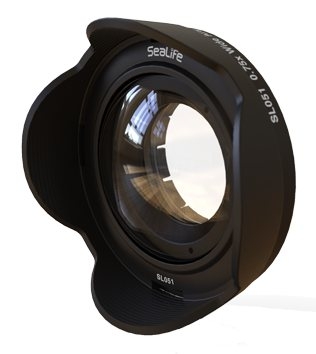 SeaLife 0.75x Wide Angle Conversion Lens
SeaLife 0.75x Wide Angle Conversion Lens
- Price A$ 299.00
-
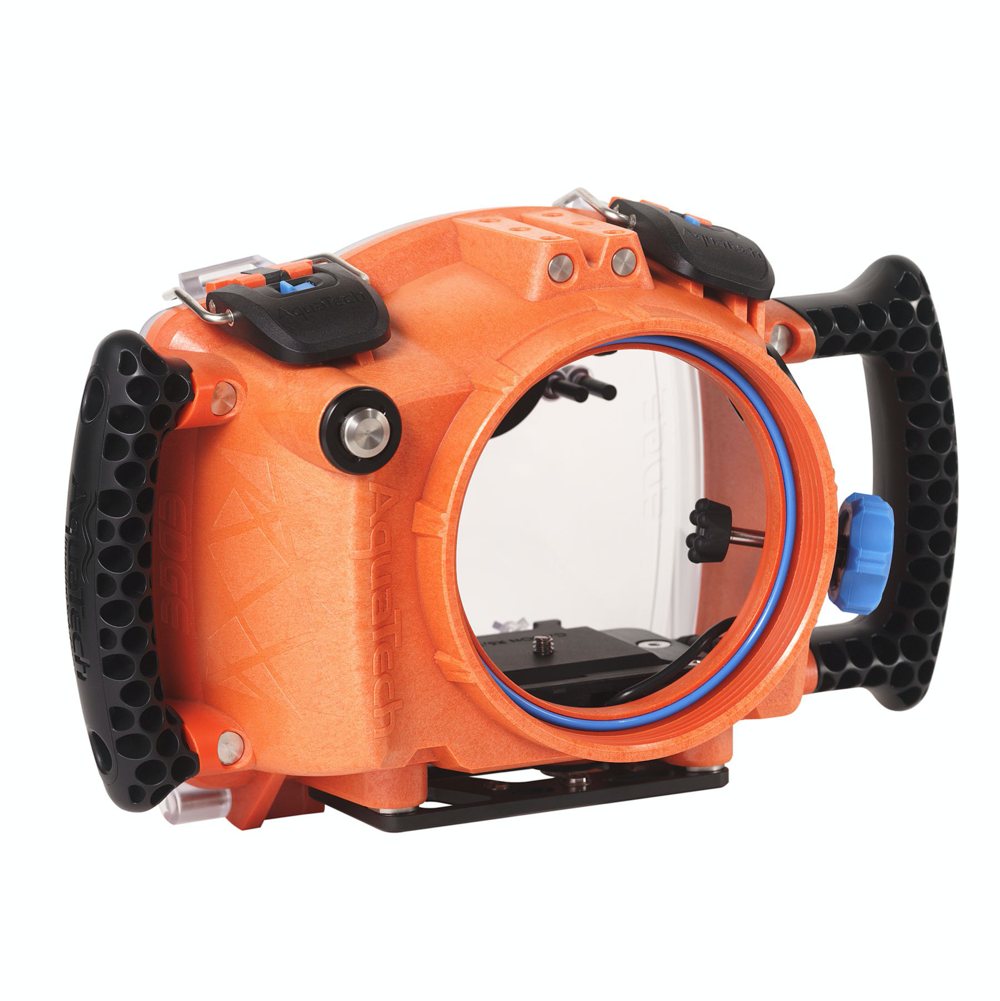 AquaTech EDGE Pro Camera Water Housings - Nikon mirrorless
AquaTech EDGE Pro Camera Water Housings - Nikon mirrorless
- Price A$ 2,149.00
-
 Scubalamp Remote Control Bracket - TG-L
Scubalamp Remote Control Bracket - TG-L
- Price A$ 59.95
-
 SwellPro Fisherman MAX 4500mAh 6S LiPo Flight Battery
SwellPro Fisherman MAX 4500mAh 6S LiPo Flight Battery
- Price A$ 429.00
-
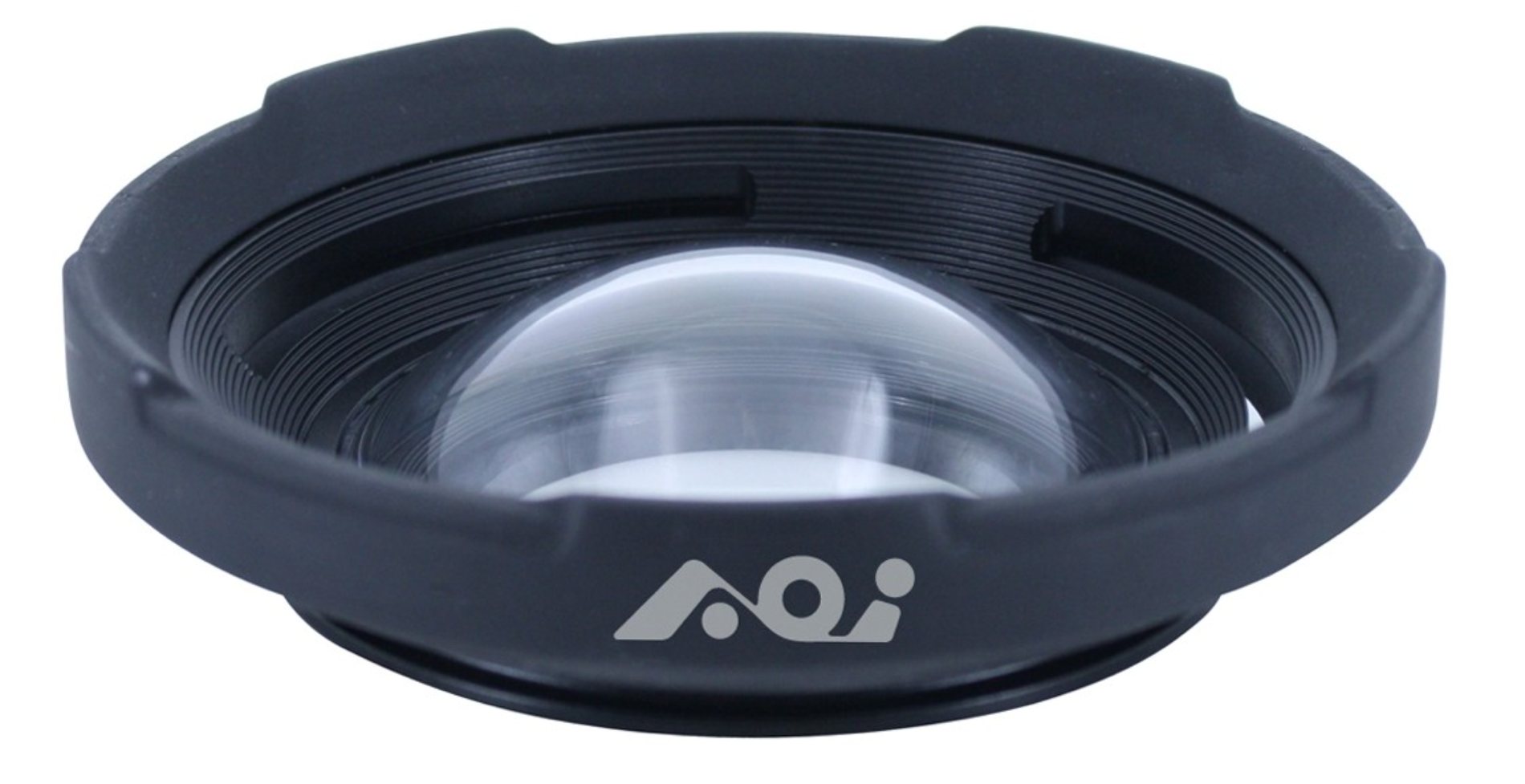 AOI Wide Angle Air Lens M52 Mount
AOI Wide Angle Air Lens M52 Mount
- Price A$ 254.95
-
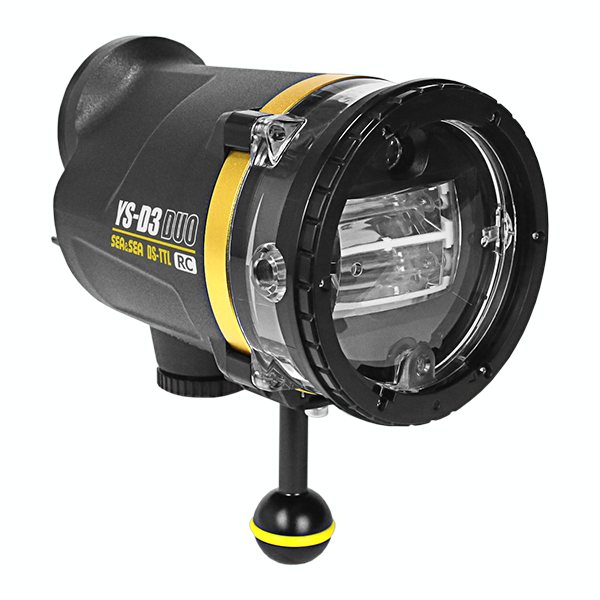 Sea & Sea YS-D3 DUO Strobe
Sea & Sea YS-D3 DUO Strobe
- Price A$ 1,299.00
-
 Suunto Ocean - Dive Computer and Sports Watch
Suunto Ocean - Dive Computer and Sports Watch
- Price A$ 1,349.00
In the Directory



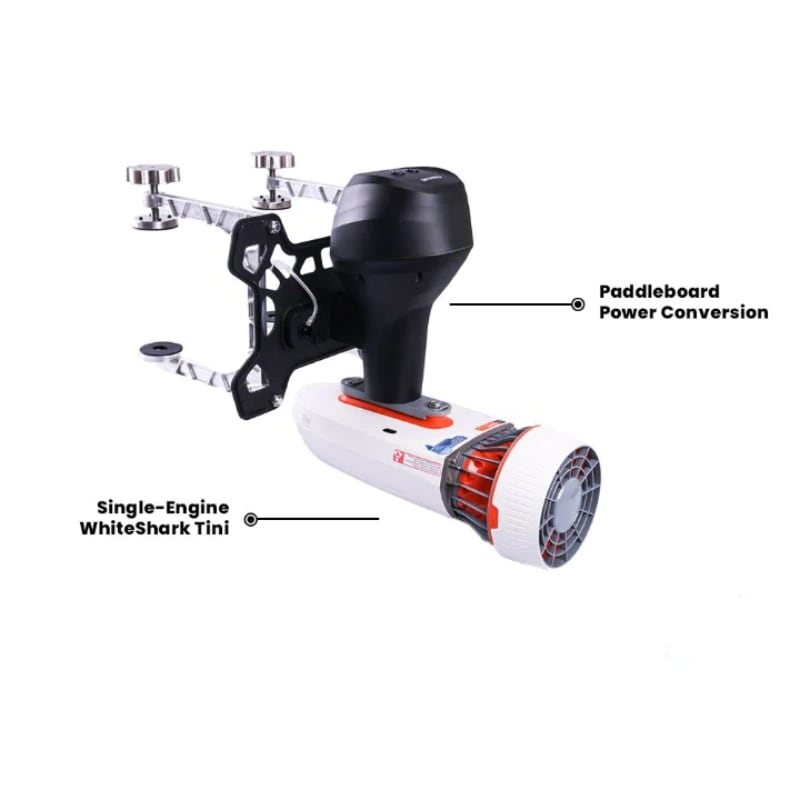
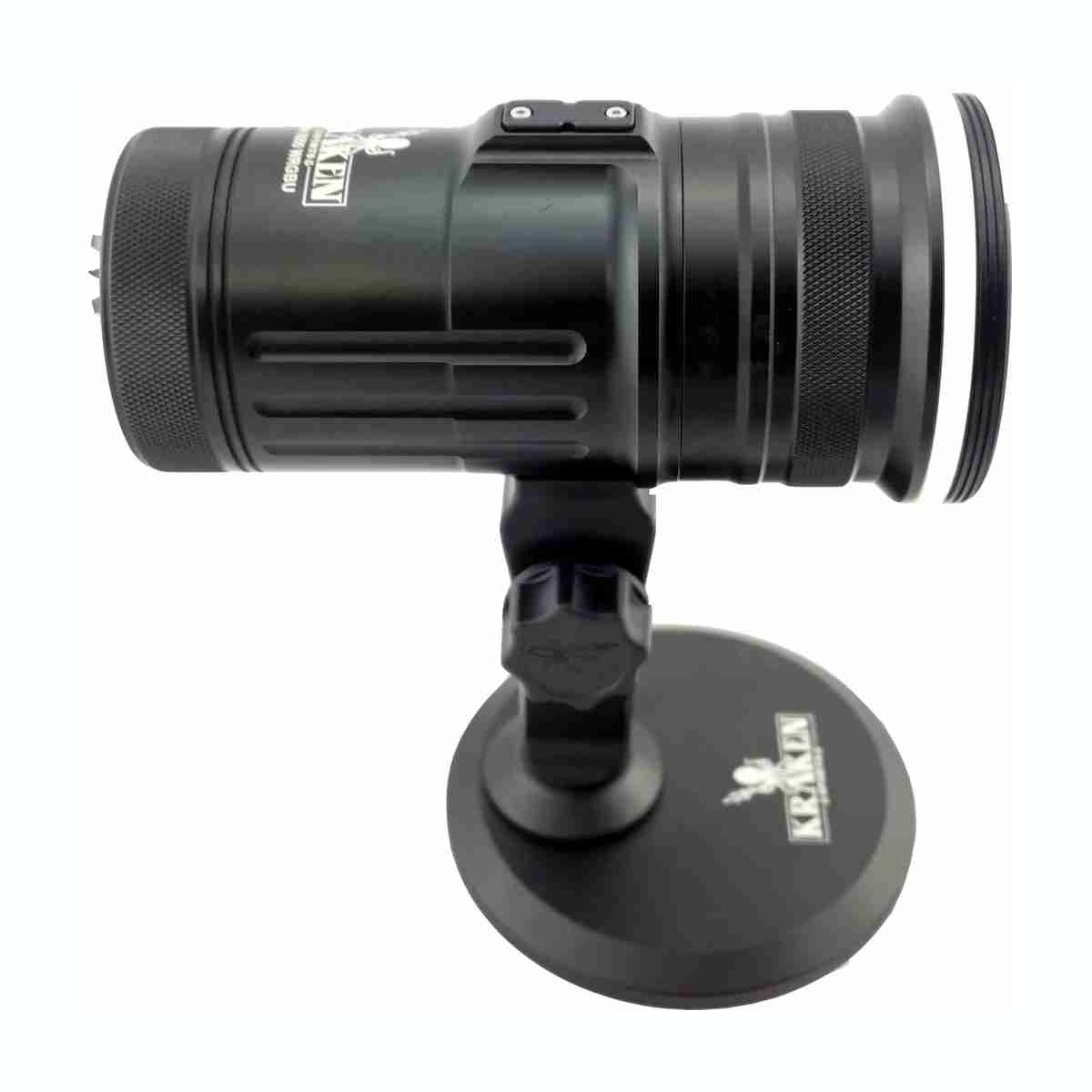
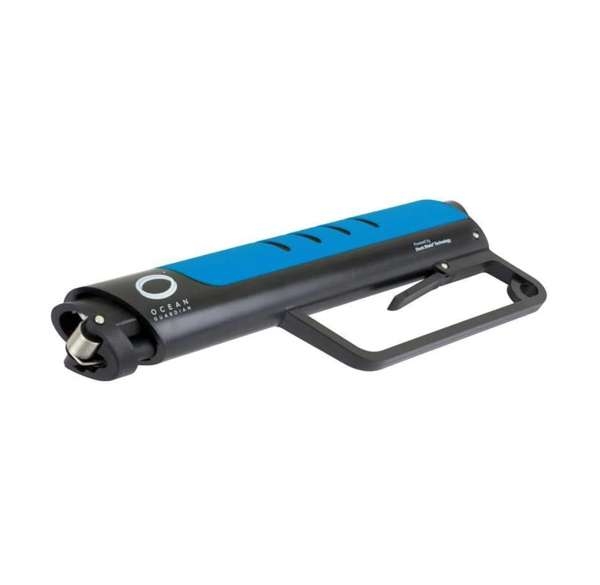

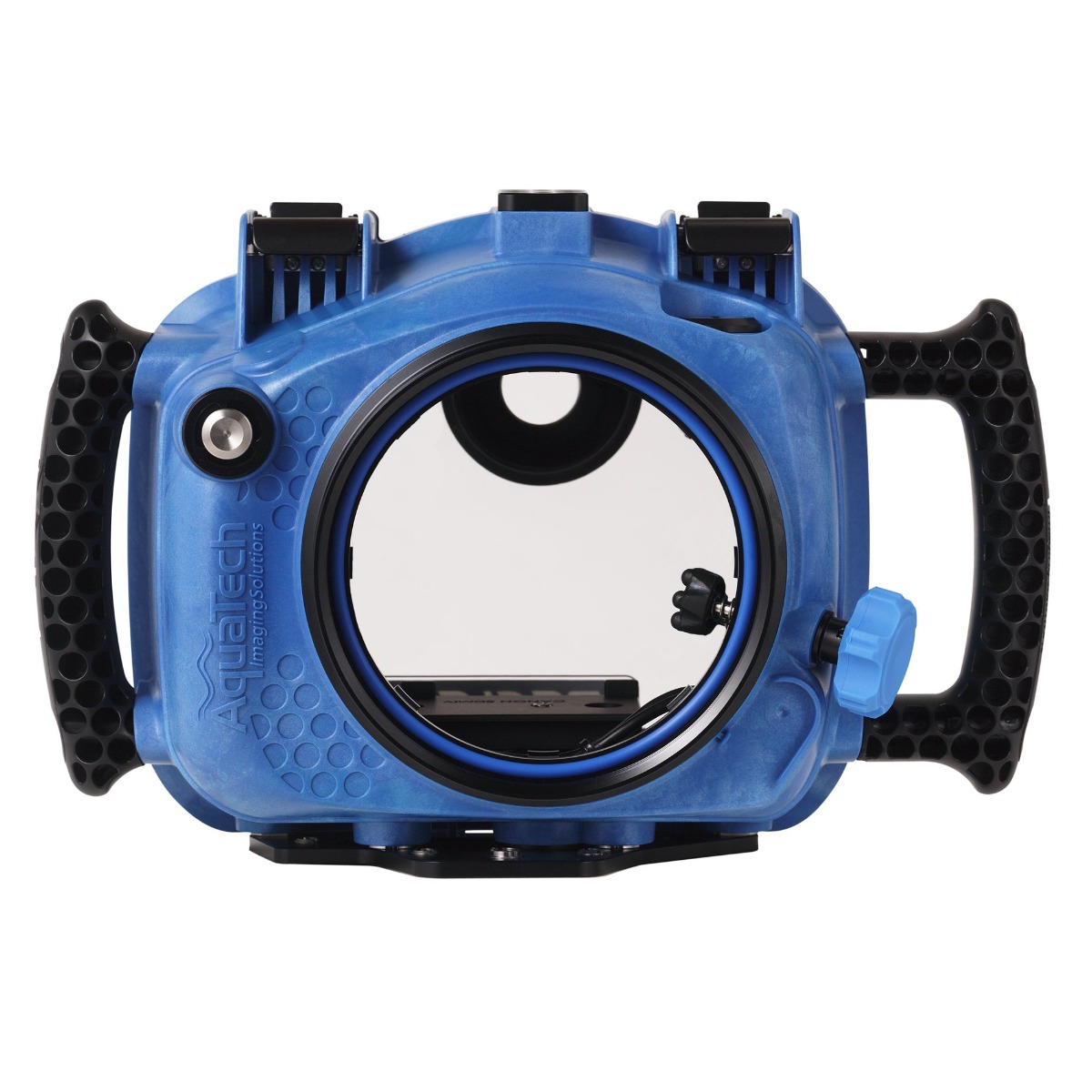
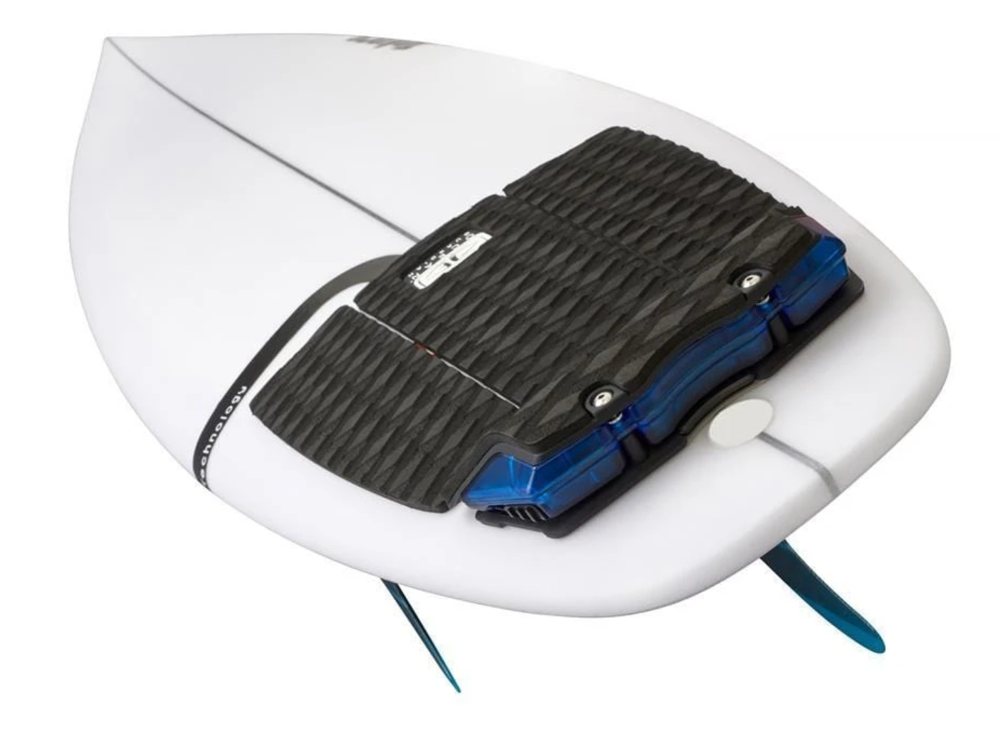
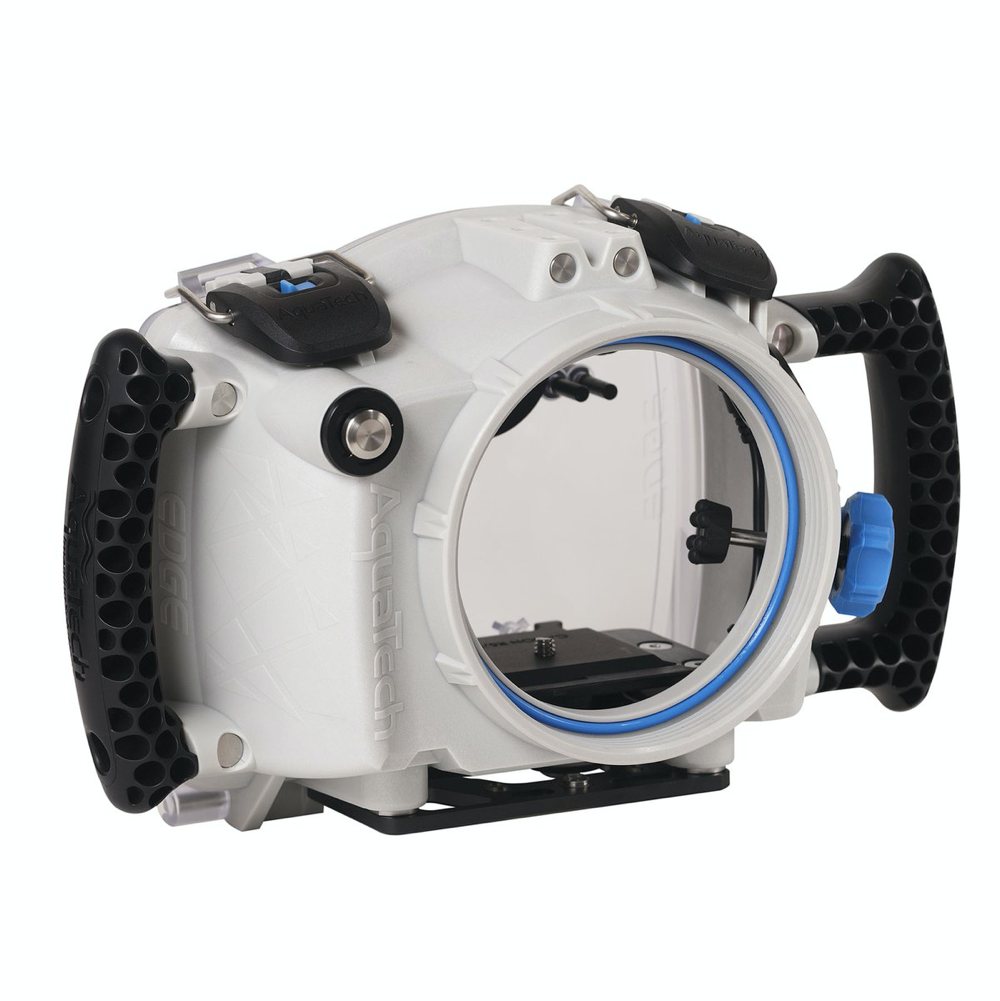




 Fantasea FG7X III S Vacuum Underwater Housing for Canon G7X Mark III
Fantasea FG7X III S Vacuum Underwater Housing for Canon G7X Mark III 




